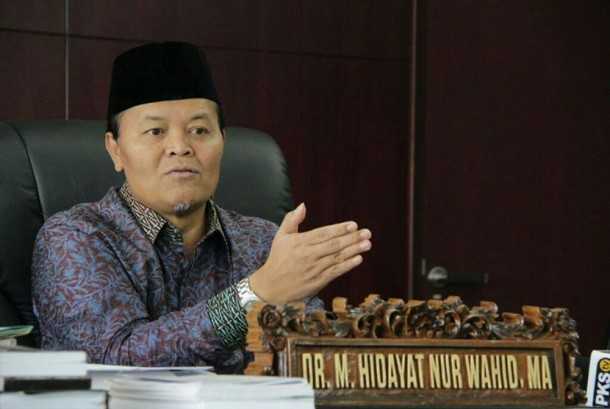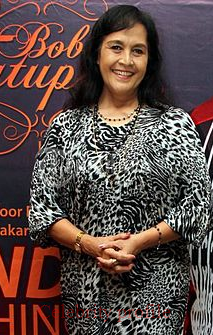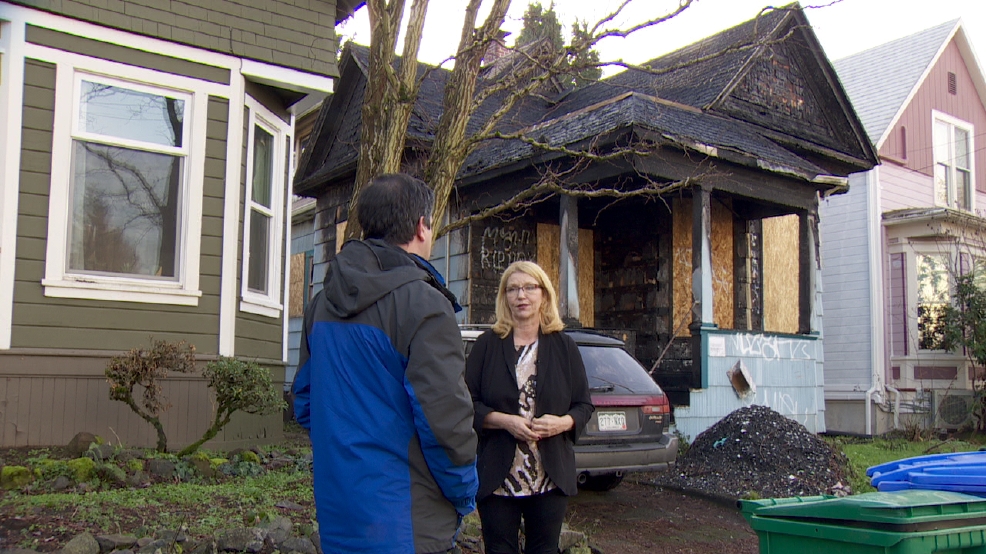Live Streaming
Program Highlight
Company Profile

nuke
May
DIPLOMATIC CORNER
The first information is from Jakarta.
Ministry of Foreign Affairs has denied on the existence of tourist visa for Israeli people. Previously, Haaretz, media of Israel claimed that Israeli people can propose visa to Indonesia as of May 1st. Spokesperson of the Ministry, Arrmanatha Nasir, when being connected by Republika on Friday (4/5) said that news about visa granting for Israel is not true. He emphasized that this has been communicated by Indonesian Minister of Foreign Affairs, Retno Marsudi, Minister of Tourism, Arief Yahya and Minister of Law and Human Rights, Yasonna Laoli. In addition, the Ministry of Foreign Affairs said that the truth of the news, which was published by Haaretz, has also been denied by Directorate General of Immigration. Head of Public Relations and Public Section of the Directorate General of Immigration, Agung Sampurno said that there is no tourist visa for Israel. Indonesia does not have diplomatic relations with Israel. Thus, Indonesia does not have policy of visa granting for Israeli people.
The next information is from Slovakia.
Acquiescence film directed by Fierrany Halita from Indonesia won the main prize for F-Kids category in International Festival of Sustainable Development Film in Bratislava, Solvakia over the weekend. The award was handed over by the Ministry of Education, Science, Research and Sports of Republic of Slovakia to Indonesian Ambassador to Slovakia, Adiyatwidi Adiwoso represented by Fierrany Halita. This was stated by Counselor of Socio-Cultural Information of the Indonesian Embassy to Bratislava, Lely Meiliani to Antara News Agency in London on Monday (7/5). The acquiescence film is a short animation one with the theme ‘Environment”. The festival has been held for 44 years and it becomes the biggest film festival in Slovakia. This year, the committee of the festival received 1,300 films from various countries and only 86 films became nomination. The award is the first time for Indonesia to win in the film festival.
We end Diplomatic Corner with the news from Kuala Lumpur, Malaysia.
Speech and story-telling competition in Indonesian language were held in Kedah, Kuala Lumpur, Malaysia. There were 10 finalists; each 5 participants showed their skills in the final speech and story-telling competition in Indonesian language for foreign speakers at Campus of Universiti Malaysia Utara Alor Setar, Kedah, Malaysia on Sunday (6/5). A student of the university, Nurfarhana binti Mazlan was decided by the judges as the first winner of the speech competition. The second and third place was Addina binti Zamil and Aubaidillah Doloh who are the students of Universiti Islam Antarbangsa Malaysia. Meanwhile, for story-telling in Indonesian language, the first winner was Shakif bin Suhaimi from Universiti Islam Antarbangsa Malaysia, the second place, Nuramelynn Izati binti Hisham from Universiti Teknologi Malaysia, and the third place was Syed Muh Azmel bin Syed Mahmud from Universiti Pendidikan Sultan Idris. The finale was opened by Education and Cultural Attaché of the Indonesian Embassy in Kuala Lumpur, Prof. Ari Purbayanto. In his speech, Ari Purbayanto disclosed that the speech and story-telling competition in Indonesian language is program of the Indonesian Ministry of Education and Culture which is held by all Indonesian Education and Cultural and Cultural House Attaché in 18 accredited countries. The event was also enlivened by dances and songs which were accompanied by Angklung students and teachers of Indonesian school in Kuala Lumpur as well as Indonesian student association of Universiti Utara Malaysia.
May

Indonesia is entering the political years: 2018 Regional Head Election -Pilkada and 2019 Presidential Election. Vice Chairman of the People's Consultative Assembly -MPR, Hidayat Nur Wahid in the socialization of Four Pillars of the MPR in Jakarta on Saturday (28/4) reminded that both political years will be full of very strict contestation and competition. He perceived that the democratic activities would be colored with various phenomena both positive and negative aspects.
As quoted from mpr.go.id, Hidayat Nur Wahid also reminded all Indonesian people to remain passionately and actively participate in the political years. He also asked them to be binding with the Four Pillars of the MPR, namely Pancasila, the 1945 Constitution, the Unitary State of the Republic of Indonesia -NKRI, and Bhinneka Tunggal Ika or Unity in Diversity.
Hidayat further remarked that the implementation of the Regional Head Election, Legislative Elections and Presidential Election is the implementation of Pancasila and the 1945 Constitution in a bid to safeguard the Unitary States of Republic of Indonesia and to deeply understand the diversity of Indonesia. He warned not to make the political years as moment of mutual slander, spreading hatred and hoax news, spreading hostilities or conflict.
Hidayat Nur Wahid also asserted that the people of Indonesia should be grateful that Pancasila formulated by the founders of the nation has been able to become glue and unite the Indonesian nation whose diversity is very high.
Meanwhile, the Secretary General of MPR, Ma'ruf Cahyono in Jakarta (03/5) as quoted by mpr.go.id said that the MPR will continue to socialize the values of Indonesian nationality. Because the challenges ahead will be tighter. To face these challenges, according to Ma'ruf, the Indonesian nation should have two capitals, namely the ideological resilience and strong competitiveness.
May
Henny Purwonegoro

Welcome back to Music Corner, a musical segment which introduces you to Indonesian music, either traditional or modern one. In today’s edition, we present the songs from South Kalimantan Province.
Every region in Indonesia has their own regional songs. Some of the songs are already popular in Indonesia, such as Ampar-Ampar Pisang from South Kalimantan. The Banjar song was composed by Hamiedan AC. This song is usually sung by children in the game. Ampar Ampar Pisang can be defined as spread bananas before drying. In ancient times, banana was one of the main foods in Banjar Kingdom. Bananas are usually processed into various foods, but previously the bananas are dried first. That’s a glance about the story of the song Ampar-Ampar Pisang.
This song is quite easy to remember with a carefree rhythm. Despite having simple lyrics, this song has deep meaning and full of moral messages. In Indonesia, Saputangan Babuncu Ampat means Four Handed Sweep Handkerchief.
In the society, human relationships are always adorned with conflict. However, the conflict often causes pain. As in the lyrics "Luka nang di tangan kawa di babat, luka nang di hati hancur sakali” means Wound on the hands can be bandaged, but the wound in the heart is difficult to cure. The song also has a positive massage to forgive each other. The song ‘Saputangan Babuncu Ampat’ has lyrics of old poems or pantun. Like most old poem, it is often made to convey certain messages.
May
Do You Want To Live In My House

Let’s Speak Bahasa Indonesia, a lesson in Bahasa Indonesia or the Indonesian language on the radio, introducing some Indonesian vocabulary and guiding you to use them in a conversation.
Let's Speak Bahasa Indonesia is a collaboration between Voice Of Indonesia, RRI Foreign Broadcasting Station and the Agency for Language Development, the Ministry of Education and Culture of the Republic of Indonesia.
Today’s topic is " Kamu mau tinggal di rumahku?" or in English, “You want to stay at my place?”
Here is an example of a conversation on ‘Kamu mau tinggal di rumahku?" or in English, You want to stay at my place?”
(The Conversation is not translated, and read out slowly.The location is in Prambanan Temple area. Joko knows that Tony lives in the hotel. Therefore, Joko offers Tony to stay at his home while Tony is in Jogja.)
Joko :Kamu mau tinggal di rumahku?
Tony :Oh, apakah tidak apa-apa?
Joko :Ya, Aku senang kalau kamu tinggal di rumahku.
Bagaimana?
Tony :Oke.Kamu baik sekali.
Terima kasih.
This is the expression and vocabulary, related to the topic today, which is ‘Kamu mau tinggal di rumahku?" or in English, “You want to stay at my place?”
I will say each sentence 2 (two ) times and you may repeat after me.
|
Kamu mau tinggal di rumahku? |
(2X) In English |
You want to stay at my home? |
|
Apakah tidak apa-apa? |
(2X) In English |
Is it okay? |
|
Aku senang kalau kamu tinggal di rumahku. |
(2X) In English |
I'll be glad if you want to stay at my home. |
|
Bagaimana? |
(2X) In English |
How? (What do you think?) |
|
Kamu baik sekali. |
(2X) In English |
You are very kind. |
To offer someoneto stay at your home, you say: ‘Kamu mau tinggal di rumahku?”(2X) which means "You want to stay at my place?" or in a full sentence, “Apakah kamu mau tinggal di rumahku?”(2X) which means "Do you want to stay at my place?".
If you accept the offer, you can simply say "Oke”, (2X) which means “Okay”. "Ya , saya mau” (2X) which means “Yes, I do”. “Baiklah” (2X) which means “Alright”, or “Tentu saja” (2X) which means "Of course"
But if you refuse, you can answer “Maaf, tidak bisa”(2X) which means "Sorry, can not" " or to refuse subtly in accordance with the context of the conversation, consider the following example.
- “Kamu mau tinggal di rumahku?” (2X) which means"You want to stay at my place?".
- “Saya mau, tetapi tidak bisa.” (2X) which means.”I do, but can not” or:
- “Maaf sekali ya, terima kasih.” (2X) which means "I'm so sorry, I can’t. Thanks anyway”
For practice send your voice recording in bahasa Indonesia to email address at This email address is being protected from spambots. You need JavaScript enabled to view it. . There will be an attractive prize for selected senders.
The exercise is to describe a tourist spot in your country by mentioning the name of the country, the name of the tourist spot, the location and the weather in that place. If you want to provide more information, please do. Example:
Selamat pagi, negara saya Indonesia, memiliki tempat wisata Candi Prambanan yang terletak di Jogyakarta.Cuaca sekitar Candi Prambanan panas . Gudeg adalah makanan khas Jogyakarta.

